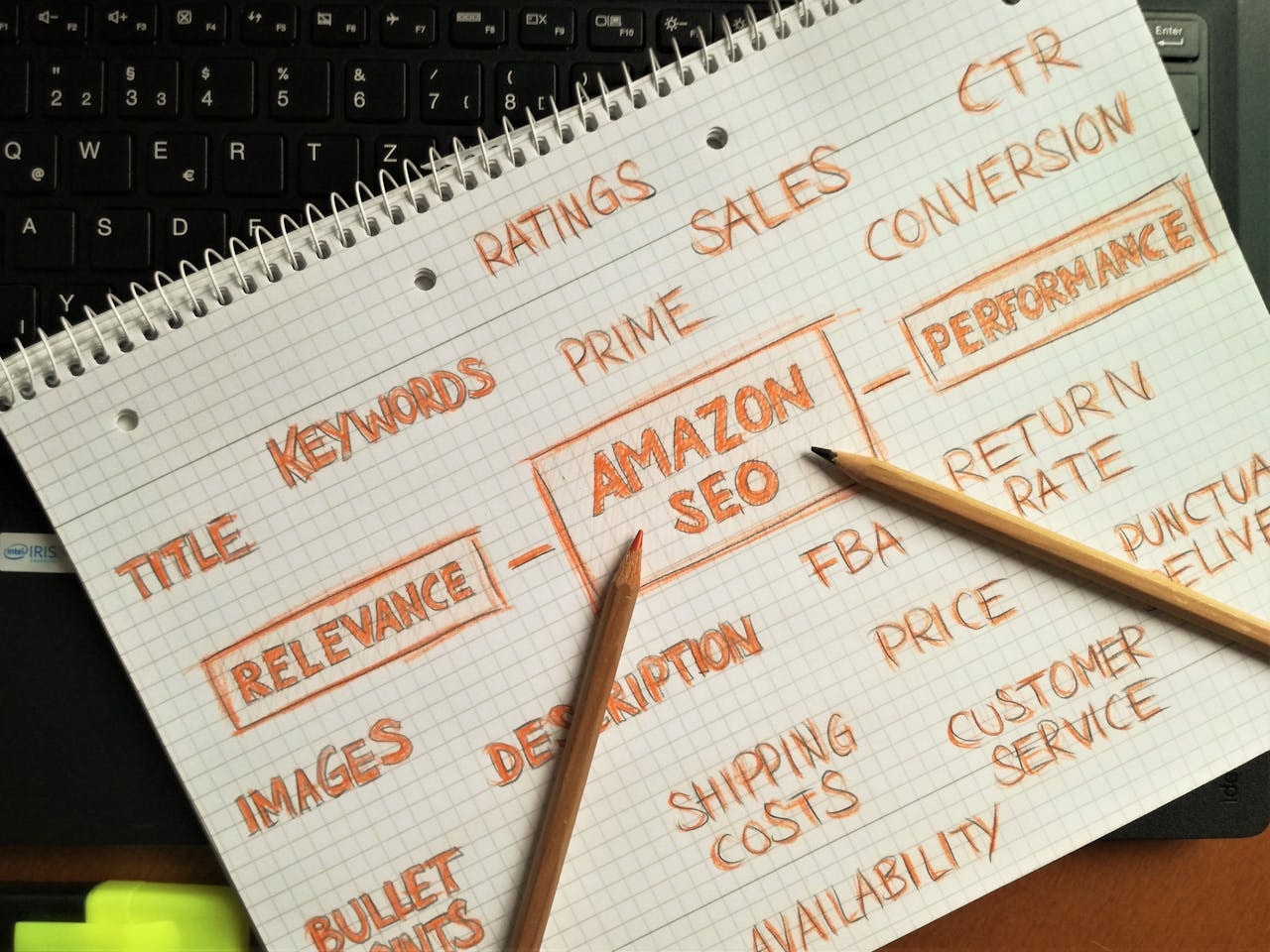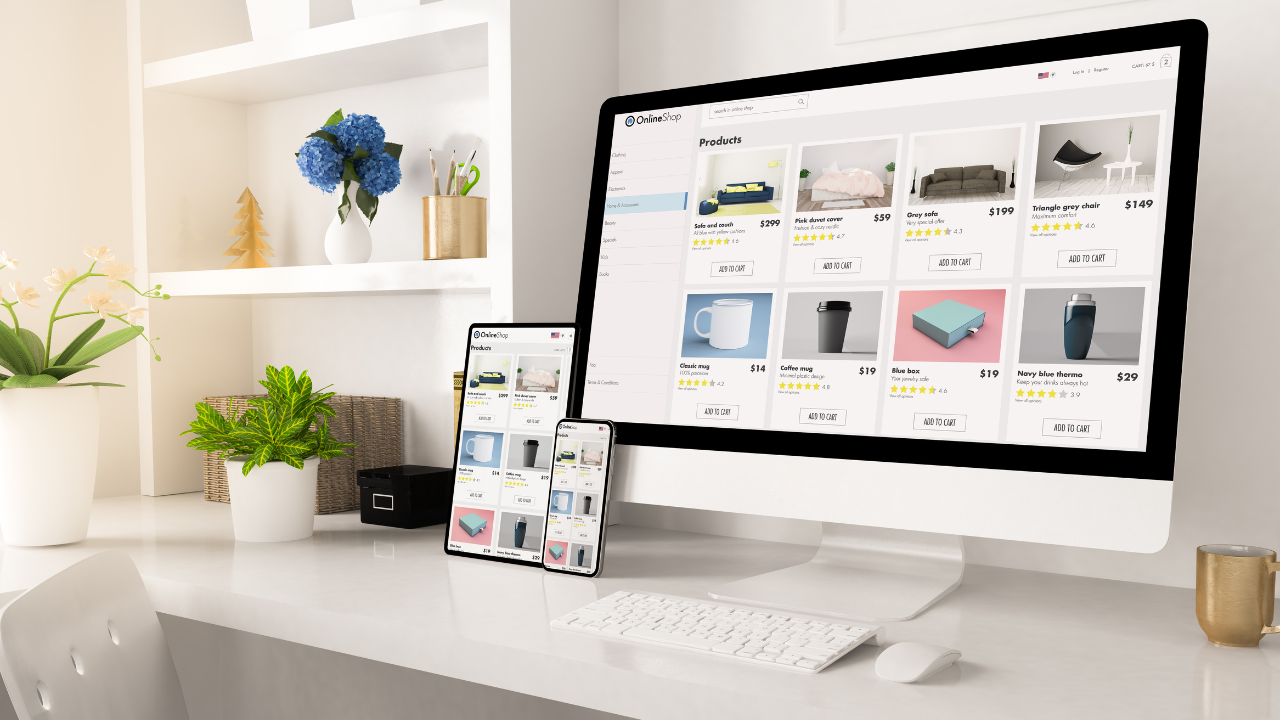In today’s crowded digital space, standing out on the search engine results page isn’t easy. But with the right PPC advertising tips, your business can drive measurable traffic, generate high-quality leads, and increase revenue. In the PPC model, advertisers pay based on user interactions with their ads, making it a cost-effective way to enhance visibility and traffic to your site.
Whether you’re launching your first Google Ads campaign or looking to fine-tune existing PPC campaigns, this guide walks you through best practices, tools, and strategies for effective PPC advertising.
What is PPC Advertising?
PPC, or pay per click, is a model of digital advertising where businesses pay a fee each time their ad is clicked. Unlike organic traffic earned through search engine optimization (SEO), PPC lets you buy visits to your site by ensuring your ads appear on search engines.
Google Ads, Bing Ads and social media platforms offer a range of options to create targeted ads. For instance, a company launching a new product can use PPC to quickly generate buzz and drive traffic to a promotional landing page.
Why PPC Matters in a Digital Marketing Strategy
PPC advertising complements content marketing strategy by delivering immediate results while long-term SEO efforts gain traction. With highly targeted ads, you can appear for a user’s search query in real time, making PPC ideal for product launches, promotions, or lead generation. Improving PPC performance through insights from organic search results and effective tracking methods is crucial for maximizing click-through rates and conversions.
For example, a seasonal clothing retailer can use PPC to promote a winter sale, ensuring their ads appear when potential customers search engine for winter apparel.
Getting Started: Setting Up Your Google Ads Account
Before launching your first campaign, set up a Google Ads account to manage your google ad campaigns effectively and link it to Google Analytics. This will help track campaign performance, understand search queries, and optimise your ad spend. Familiarise yourself with the Google Ads dashboard to manage ad groups, budgets, and metrics.
For example, a local café might create separate ad groups for breakfast, lunch, and dinner promotions to target different customer segments effectively.
Define Clear Goals for Your PPC Campaigns
Whether it’s driving traffic to landing pages, increasing purchases, or building brand awareness, every successful PPC campaign starts with clear objectives. Knowing your end goal will shape your bidding strategy, ad placements, and keyword choices. A clear value proposition is crucial in achieving these goals, as it demonstrates how your product effectively solves customer problems, enhancing user engagement and conversions.
For instance, an online bookstore might focus on increasing ebook sales, shaping their PPC strategy around promoting specific genres or authors.
Conduct Thorough Keyword Research
Your PPC efforts depend heavily on keyword research. Use PPC marketing tools like Google Keyword Planner or SEMrush to identify highly relevant keywords with sufficient search volume and low competition. Don’t overlook long tail keywords—they often bring in more qualified traffic and better click through rates. For example, a niche electronics retailer could benefit from targeting long tail keywords like “best noise-cancelling headphones for travel” to reach a more specific audience.
Group Keywords Strategically
Organise relevant keywords into tightly themed ad groups. For example, separate groups for “digital marketing services” and “content marketing strategy” ensures your ad copy and landing pages remain closely aligned to users’ search intent.
An online fitness store could create separate ad groups for yoga mats, resistance bands, and dumbbells to ensure each ad is highly relevant to the user’s search.
Write Compelling PPC Ad Copy
Strong ad copy grabs attention and encourages clicks, especially when it directly addresses search results. Use your particular keyword in the headline and highlight clear benefits. Make sure your text ads align with the user’s search query and direct to a specific landing page. For example, a travel agency might use ad copy like “Explore Paris: Book Your Dream Vacation Today!” to entice users looking for travel deals.
Additionally, using multiple headlines in responsive ads allows the ad platform to generate and test various combinations, enhancing performance across different placements and devices.
Create and Optimise Landing Pages
Sending traffic to your homepage is a common mistake. Instead, optimize landing pages tailored to each ad group to enhance conversions. These pages should have clear calls-to-action, fast load times, and match the offer in your PPC ads.
For instance, a software company promoting a new app feature might create a dedicated landing page highlighting the feature’s benefits and offering a free trial.
Understand Ad Extensions and How They Work
Ad extensions allow you to add more info to your search ads, such as call buttons, site links, or reviews. They improve ad visibility and can significantly boost your click through rate. Include extensions in all search engine advertising to enhance your ad rank.
For example, a local restaurant might use location extensions in their search ads to show their address and encourage nearby searches to visit.
Improve Ad Relevance and Quality Score
Ad relevance measures how closely your ad matches the user’s search. High ad relevance, along with click through rate and landing page experience, contributes to your quality scores—a key factor in ad auction rankings and cost per click. For example, a pet supply store might improve ad relevance by creating ads specifically for “organic dog food” rather than a generic “pet food” keyword.
Budget Wisely and Monitor Ad Spend
Set realistic budgets based on campaign goals and the effectiveness of your ad campaigns platform benchmarks. Use the Google Ads dashboard to monitor daily spend, pause underperforming ad groups, and adjust your bidding strategy based on performance. For instance, a new startup might start with a modest budget, gradually increasing ad spend as they identify successful ad groups and keywords.
Use Negative Keywords to Filter Traffic
To avoid wasting budget, add negative keywords to exclude irrelevant search queries. For example, if you’re selling premium products, adding “cheap” or “free” as negative keywords keeps your ads focused on potential customers who are more likely to convert.
A luxury watch brand might use negative keywords to prevent their ads from appearing in searches for “cheap watches.”
Expand Your Negative Keywords List Over Time
Your first list of negative keywords won’t catch everything. Regularly review your search term report in the Google Ads dashboard to find new irrelevant phrases and add negative keywords to improve the quality of traffic your ads receive.
For example, an online course provider might add negative keywords like “free” or “beginner” if they offer advanced, paid courses.
Use A/B Testing to Improve Results
A/B testing, or split testing, lets you compare variations of ad copy, calls-to-action, or even landing pages. Run tests continuously to improve performance and identify what resonates most with your target audience. For example, an ecommerce site might test different headlines or images in their ads to see which combination yields the highest conversion rate.
Implement Dynamic Keyword Insertion (DKI)
To enhance ad relevance in your Google Ads campaigns, use Dynamic Keyword Insertion (DKI) in your PPC ad copy. This feature lets your ad headline change to include the exact user’s search query, boosting ad relevance and click through rate. For example, an online bookstore could use DKI to automatically insert book titles that users are searching for, making the ad more personalized.
Track and Analyse Campaign Performance
Regularly analyse your PPC ad results using Google Analytics and the Google Ads dashboard. Look for metrics like conversion rate, cost per acquisition, and ad rank to determine what’s working and what needs adjusting. For example, a fashion retailer might track which ads lead to the most sales and adjust their strategy to focus on those high-performing ads.
Explore Multiple Advertising Platforms
While Google Search is the most popular, diversifying with Bing Ads, YouTube Ads, or social media ads can uncover new audiences. Each advertising platform offers unique features and may deliver lower-cost traffic depending on your niche. For instance, a beauty brand might find success with visually engaging YouTube Ads showcasing makeup tutorials.
Use Retargeting for Higher Conversions
Retargeting (or remarketing) helps you reconnect with users who visited your site but didn’t convert. Use dynamic ads to serve relevant offers across social media or the Google Display Network to guide potential customers back to your site. For example, an online retailer might retarget users who abandoned their shopping carts with ads offering a discount on their next purchase.
Understand the Ad Auction Process
Google Ads runs an ad auction each time a search occurs. Your ad rank is determined by your bid, quality score, and expected impact of ad extensions and formats. A high-quality score can help you win better ad placements for less money. For example, a home services company might improve their quality score by ensuring their ads and landing pages are highly relevant to the services they offer.
Segment Campaigns by Device and Location
Tailor PPC advertising campaigns based on device type (desktop vs. mobile) and location. For instance, a mobile-optimised search ad with local ad placements can drastically improve engagement for nearby users. A coffee shop might focus on mobile ads with location targeting to attract customers searching for “coffee near me” on their phones.
Don’t Overlook Shopping Ads and YouTube Ads
For e-commerce businesses, Google Shopping Ads display product listings directly in search engine results. Similarly, YouTube Ads offer rich visual experiences that are great for brand awareness and product demonstrations.
For example, a tech company might use YouTube Ads to showcase a new gadget’s features in action, capturing the attention of tech-savvy consumers.
Monitor Search Terms for Insights
The search terms report shows actual queries that triggered your ads. Use it to identify new highly relevant keywords, remove irrelevant ones, and continuously refine your keyword list. For example, a travel agency might discover that users are searching for “affordable family vacations” and adjust their keyword strategy to include related terms.
Optimise Ad Schedule for Best Times
Review data to determine when your ads perform best. Scheduling your campaigns during high-converting hours improves ad visibility and maximises return on ad spend. For instance, a restaurant might find that ads perform best during lunchtime and dinner hours, prompting them to focus their ad spend during these peak times.
Use Audience Targeting Features
Platforms like Google Ads allow you to target audiences based on demographics, interests, and behaviours. Use these features in your search engine advertising to create hyper-targeted ads that speak directly to your ideal customer. For example, a fitness brand might target health-conscious consumers interested in nutrition and exercise, increasing the likelihood of engagement and conversions.
Invest in a Strong Content Marketing Strategy
While PPC is immediate, combining it with a strong content marketing strategy builds trust and long-term visibility. Use blog posts, guides, and lead magnets to support your PPC campaigns and nurture leads. For instance, a financial services firm might use educational content to attract potential clients and establish authority in their field.
Set Up Conversion Tracking Correctly
Ensure every form fill, phone call, or purchase is tracked through Google Ads and Google Analytics. This helps measure true ROI and understand the effectiveness of your paid search campaigns. For example, a lead generation company might track phone calls to measure the effectiveness of their PPC campaigns in driving qualified leads.
Align Ads with Users’ Search Intent
A successful PPC campaign connects the right message to the right person at the right time. Focus on crafting ad copy and landing pages that incorporate the user’s search query to match the user’s search query intent—informational, navigational, or transactional. For instance, an online education platform might create ads that cater to users searching for “online MBA programs” with detailed program information and enrollment options.
Update and Refresh Ads Regularly
Ad fatigue can lower performance. Refresh your PPC ad copy, switch out creative, and rotate headlines periodically to keep ads engaging and relevant. For example, a fashion retailer might update their ads seasonally to reflect new collections and trends, maintaining user interest and engagement.
Focus on Click Through Rate Improvements
CTR is a direct signal of ad relevance and affects both ad rank and quality score. Use powerful headlines, ad extensions, and tightly matched keywords to improve click through rate. For instance, a travel agency might use compelling headlines like “Discover Your Dream Destination” to entice users to click and explore vacation packages.
Explore Smart Bidding Strategies
Smart bidding leverages machine learning to automatically adjust bids for achieving conversions or maximizing conversion value. Choose from options like Target CPA, Target ROAS, or Maximise Conversions depending on your goals. For example, an ecommerce store might use Target ROAS to ensure their ads are driving profitable sales.
Evaluate PPC Marketing Tools
From campaign automation to advanced analytics, PPC marketing tools like Optmyzr, WordStream, and SpyFu help manage and scale your advertising efforts. Choose platforms that integrate well with your ad account and marketing stack. For example, a digital marketing agency might use these tools to efficiently manage multiple client accounts and campaigns.
Train Your Team or Hire a Specialist
PPC is constantly evolving. Whether it’s understanding algorithm updates or learning new bidding options, investing in training or working with a PPC expert can enhance your results significantly. For example, a small business might hire a PPC specialist to navigate the complexities of Google Ads and maximize their advertising budget.
Final Thoughts: Turn Clicks into Conversions
PPC advertising can be one of your most powerful growth channels—when used strategically. By implementing the above PPC advertising tips and staying tuned into your data, you can outsmart the competition, attract more potential customers, and achieve meaningful results.
Success in search engine marketing isn’t about having the biggest ad budget—it’s about having the smartest strategy.
Focus on relevance, consistency, and performance optimisation, and your campaigns will not only rank well but convert like clockwork.
Looking for help with your next PPC campaign?
Contact Piri Piri Marketing Hub to create data-driven, high-impact advertising campaigns that deliver real results across Google Ads, Bing, YouTube, and social media.














